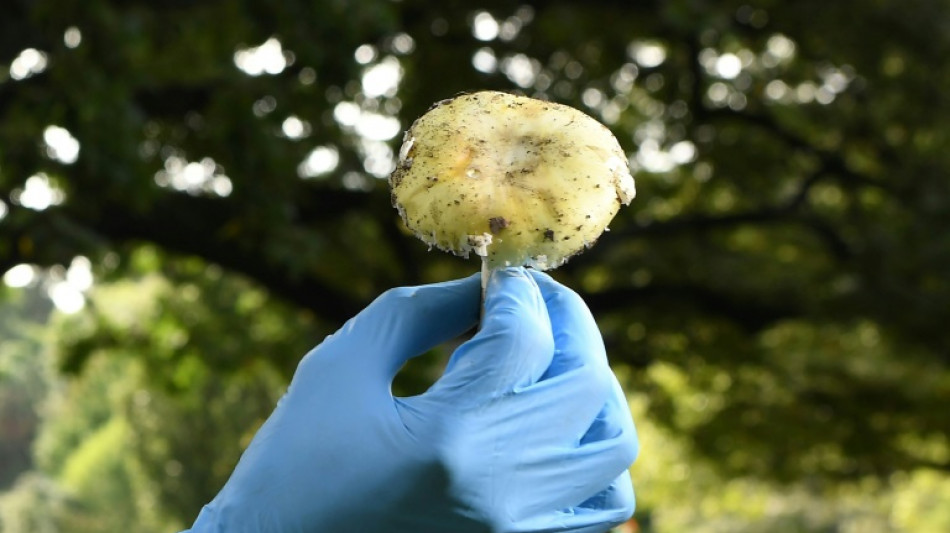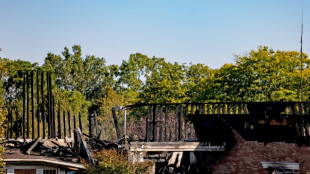

Sweet-smelling fungi at centre of Australian triple-murder trial
The triple-murder trial of Australian Erin Patterson revolves around an innocuous-looking mushroom with a "slightly sweet" smell and a sinister name.
Patterson is accused of killing her husband's parents and aunt in 2023 by lacing their beef Wellington lunch with highly toxic death cap mushrooms.
The 50-year-old has strenuously denied the charges, saying the hearty meal was contaminated by accident.
Throughout a headline-grabbing trial spanning more than two months, experts have dissected the brown-and-white fungi in forensic detail.
Death caps -- or Amanita phalloides -- are responsible for around 90 percent of all fungus-related fatalities, making them the deadliest mushrooms in the world.
The brown-and-white sporing bodies are easily mistaken for other edible varieties, and reportedly possess a pleasant taste when used in cooking.
But they are saturated with deadly chemicals known as amatoxins, toxicologist Dimitri Gerostamoulos told Patterson's trial.
"They can lead to someone experiencing symptoms of diarrhoea, vomiting, feeling really unwell," Gerostamoulos told the jury.
"And they progressively get worse if the toxins are not removed.
"They progress to tissue necrosis, organ failure and can obviously lead to death if not treated appropriately."
Three of Patterson's guests died of organ failure a week after unknowingly eating death cap mushrooms baked into individual portions of beef Wellington.
"It was very apparent that this was not survivable," intensive care specialist Stephen Warrillow told the jury.
A fourth guest fell gravely ill but survived after weeks in hospital.
Death cap mushrooms are native to Europe but have spread to the United States, Australia and New Zealand, fungi expert Tom May said during Patterson's trial.
He said the mushrooms had a "slightly sweet" odour when fresh.
"In Australia, it is an exotic species and it was accidentally introduced," May said in his testimony.
They sprout during warm and wet autumn weather and are typically found growing in the shade of oak trees.
"From time to time, every year usually under suitable conditions, it produces a sporing body, which is the mushroom that we see," May said.
"They're quite fleshy and they decay quite readily, so they would not last longer than a couple of weeks when they're sitting in the field."
T.Menon--MT




